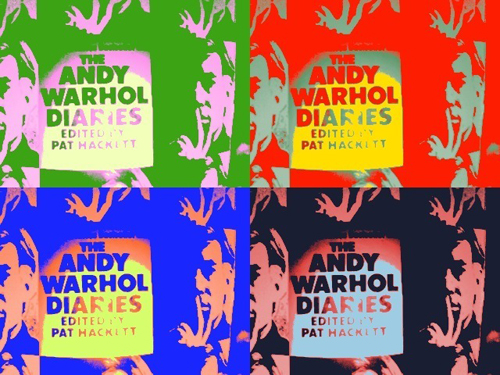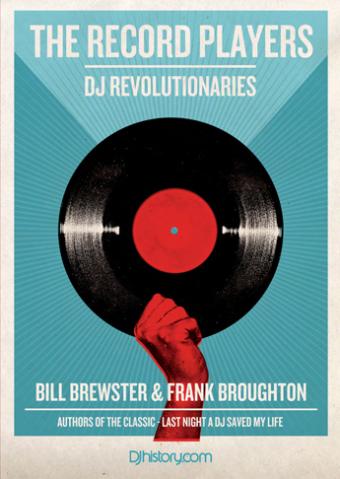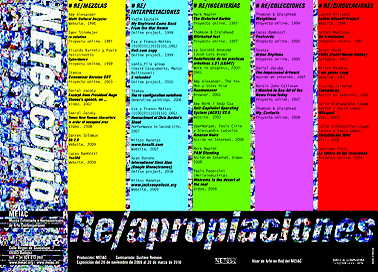Andy: Meta-dandy, by Eduardo Navas

Image of The Andy Warhol Diaries, taken by Eduardo Navas, December 2007
Written on March 18, 2004
Second Draft: April, 2004
Note: Andy: Meta-dandy is part of the online artwork titled Diary of a Star, which consists of selected reblogs of Andy Warhol Diaries. I developed the project between February 28, 2004 and December 31, 2007. This text has been available online as a PDF file since March 18, 2004. I re-release it on Remix Theory to make it part of my text archive. For a PDF copy, click here. For more information on Diary of a star in relation to Remix, see my previous entry Completion of Diary of a Star.
Andy: Meta-dandy while theoretically driven is also a piece of creative writing (thus, it provides footnotes and a bibliography). The reasons why I combined creative and academic writing can best be understood when reading the project’s context page. I also chose not to revise it–even though I am aware of how I could improve it based on what I have learned since 2004. Individuals who may have read my previous research will notice that this text is in large part an early exploration of my interest in remix, even though I don’t focus on the term, or use it directly.
The text compares Andy Warhol to Baudelaire’s Flaneur (as dandies) in order to explore the definition of art in modernism and postmodernism. “Andy: Meta-dandy” explains the philosophy that led to the development of Diary of a Star.
———–
Baudelaire’s Flaneur is the quintessential character of modernity. Being lost in the crowd enjoying anonymity is what the nineteenth century Flaneur is best known for. Andy Warhol may very well be the most famous flaneur of the twentieth century. He was known for taking daily walks in the city streets every morning, with copies of his Interview magazine under his arm, ready to give them to people who recognized him.[1] Unlike the flaneur, however, Andy loved attention.[2] He always wanted to become a star. He achieved this by immersing himself in a crowd. That such a crowd would be the rich and famous complicates this analogy. Yet, he paradoxically managed to keep a sense of anonymity when he “used the limelight in order to hide in it.”[3] To give credit to the Modern Man of the twentieth century, this was an inevitable transition. Craving attention was and still is one of the greatest desires in modernity, especially as media culture became more established after the 1950s. So Warhol was the new and improved flaneur. Today he is the icon of a man-machine who cranked works out of a factory, which later turned into an office.[4] A flaneur who constantly searched for ways to separate himself from the creative process. And like the new improved man of modernity, he not only embraced media, but mastered it to create some of the most important artworks of his time.
Like the flaneur, we know things about Andy but all based on surface, all based on public interactions and records. Andy in many ways is still a mystery, a persona that becomes a desirable object of appropriation when we find a need to step out of our selves and explore the unknown, to go to places where we dare not go. Today, recalling this persona is most appealing when navigating the World Wide Web. Indeed, the flaneur has been referenced by new media theory to better understand the dynamics of anonymity when exploring the internet.[5]










